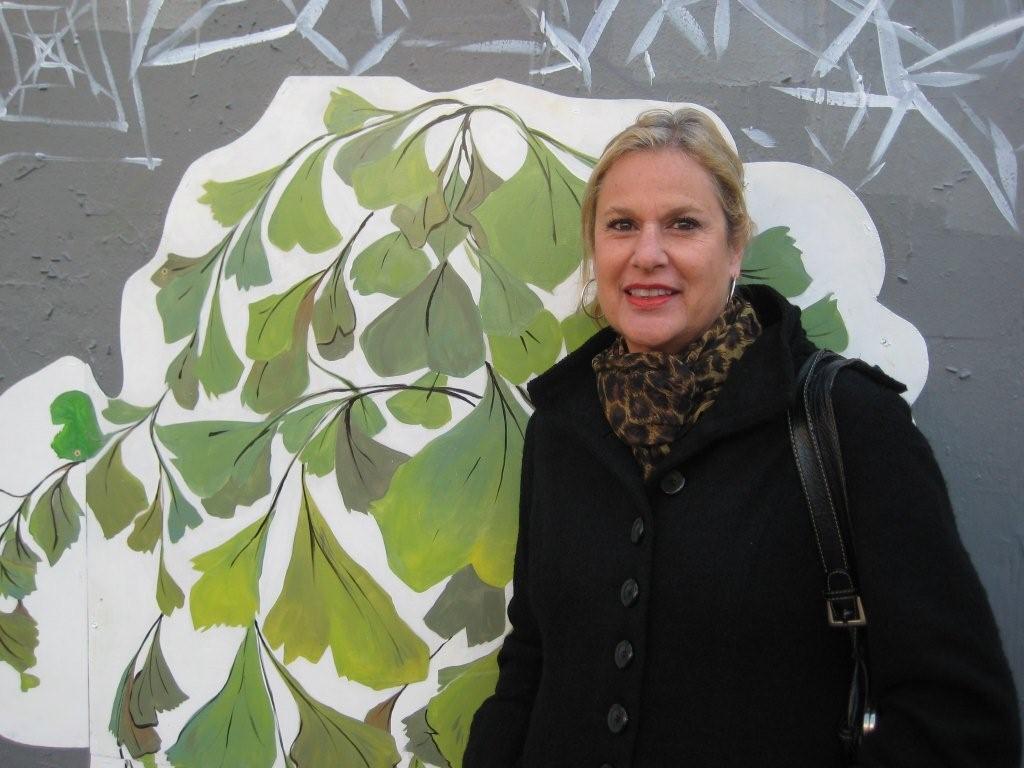Interview with CAROLYN DIAMOND, Market Street Association
Voters rejected Proposition D because the idea of permitting large, flashing billboards on Mid-Market Street scared many San Franciscans into thinking it would have led to the idea of hanging such billboards from every architectural icon in San Francisco, according to Carolyn Diamond, executive director of the Market Street Association.
“Nobody wants to see billboards on the Golden Gate Bridge,” Diamond said. But she said San Franciscans didn’t take the time to “read the material sent to them.”
“The real message was that we were amending a current ordinance,” she said. “Some of the people I talked to said, ‘The next thing you know, Geary Boulevard will have signage all over it.’ They were just taking the impressions from the ‘No’ on D campaign that had billboards everywhere, and that would have been scary.
“Any neighborhood that wanted to put signage up would have to go through the same process that we had to and I don’t think that was clear to voters,” she said.
Diamond said voters didn’t get the message that Proposition D was a revitalization measure that planned to return the Mid-Market area back to the buzzing theatrical district it once was.
“People do not tend to hang around after they leave the theater,” she said. “Nobody strolls along Market anymore because there really isn’t a place to go.”
Diamond stressed that what the “Yes” on Proposition D campaign really tried to relay was that this measure was one step closer to bringing Mid-Market back to the bustling focal point it once was. “I think we had some effective mail pieces,” she said. “There was one that was an image of a historical Market Street with glowing marquees and then the current state of Market Street with nothing out there. In the before and after pictures, you can really see that Market Street really used to be a thriving area and now it’s pretty desolate.”
Diamond responded to critics, who described Proposition D as a ruse for property owners to gain a profit from advertisers. [See
Q.&A. with San Francisco Beautiful’s Milo Hanke.] The billboards would have been regulated by the privately run Central Market Community Benefit District.
“Yes, some of the property owners would have made some money from it,” Diamond said. “So what? They are also contributing money to social benefits.”
When asked about the potential incentives store owners had to violate the billboard regulations, Diamond said, “the way it worked was a master plan crafted by the Central Market Community Benefit District. Every single building was looked at by a subcommittee that included historical architects.
“It was heavily monitored. The money was reviewed by the Central Market Community Benefit District and once a year by the Board of Supervisors. There were checks and balances already in it.”
Diamond said she realizes that the crime and poverty on Mid-Market Street, such as the
artist who was stabbed while working on a mural on the 1000 block of Market Street, is systemic. The roots to these problems go far beyond the rapid boost to economic recovery she believes Proposition D would have brought.
“What is it going to take for people to want to improve this area?” Diamond asked. She said that while she is behind the city’s trial improvements for Mid-Market, such as putting art in storefronts, the results are not significant.
As for other future investments planned for Mid-Market, word is out that a vertical shopping center for “value based tenants” is being planned between Fifth and Sixth streets on Market, one that Diamond believes “will change the whole block because it will be a destination.” She is meeting with the developers next week and expects to jump on board with the project. “That is kind of a big idea,” she said, “but it will really only effect a block of market, and may only effect the south side.”
Mid-Market has always been a hot topic during city elections, but Diamond said she is convinced that while the afflicted area is always talked about, she has yet to see any real change.
“Mid-Market needs something controversial,” Diamond said. “We’ve been asked, ’Why don’t you do more street parades, show more movies?’ We would love to do that, but where do we get the money? These people who think they have the answer, they can talk the talk, but when it comes to security, permits, money …
“We have to continue the small improvements,” Diamond said. “The police have been putting extra officers out there, but it has to be more than that, it has to have a draw.”

